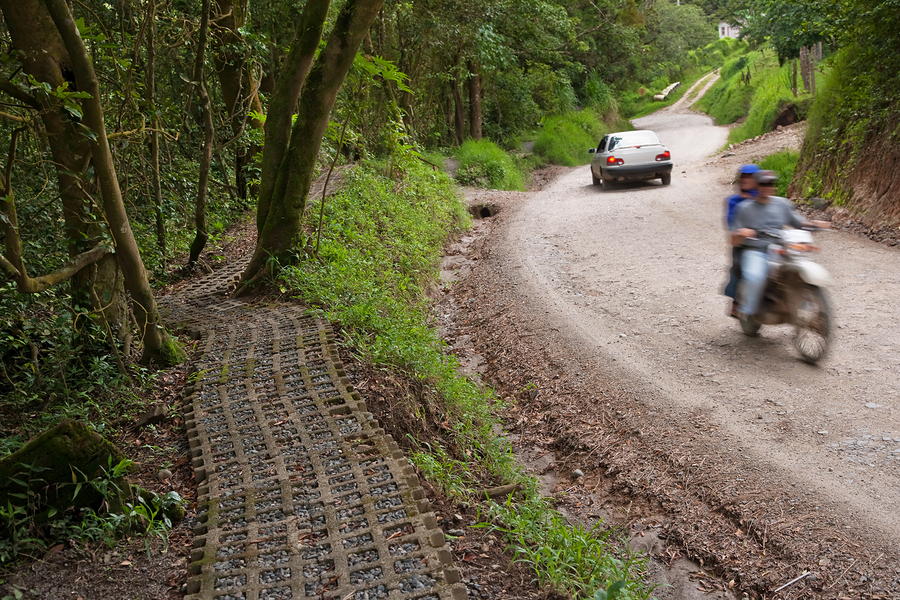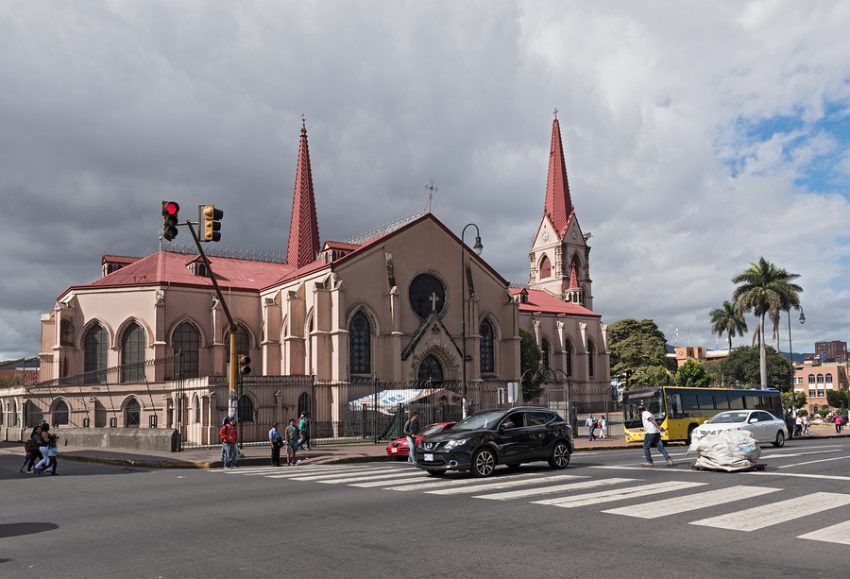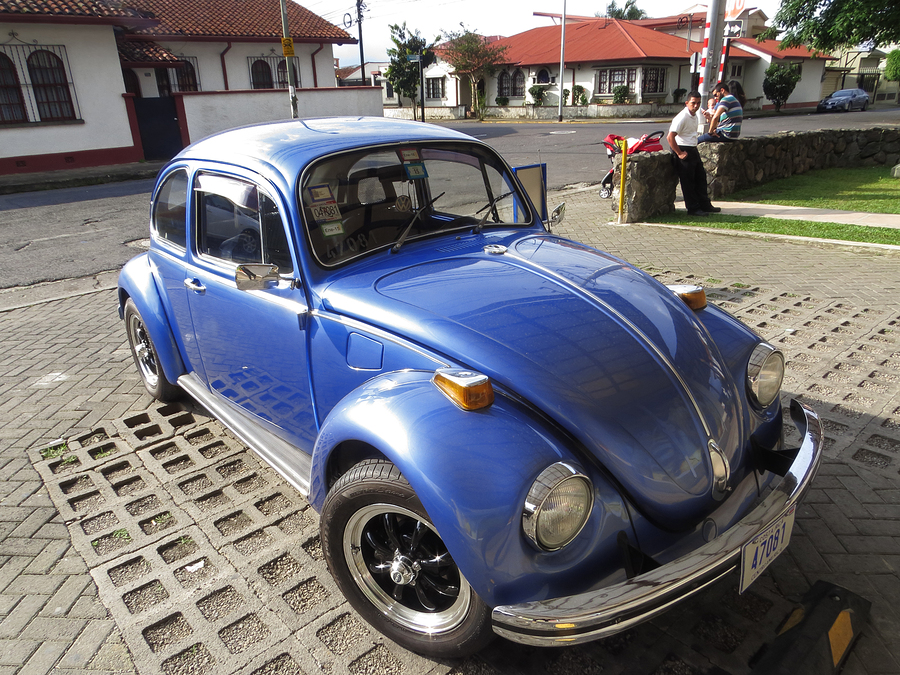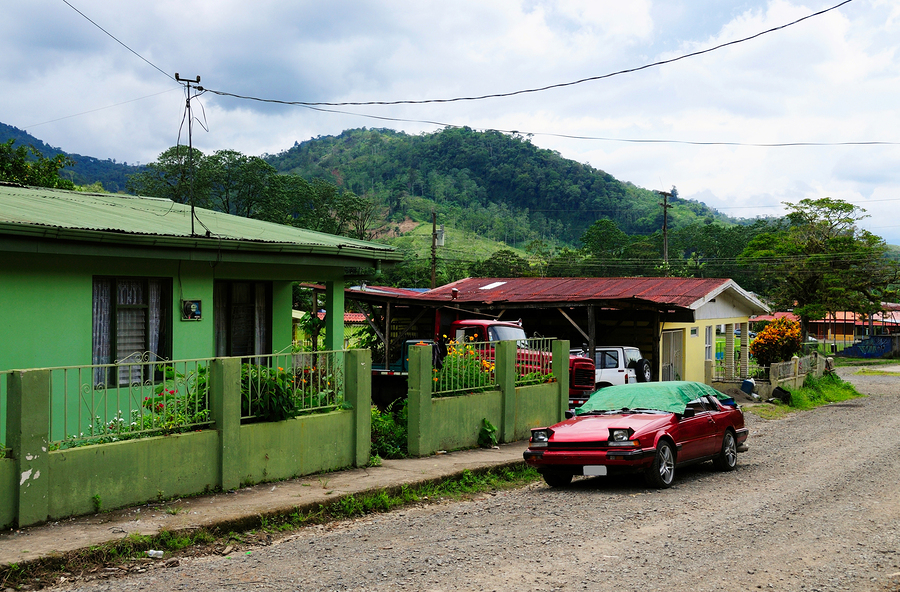Driving in Costa Rica allows you the freedom to go as you please, opening up the country and giving you a fuller travelling experience.
It’s therefore surprising why more visitors don’t take advantage of this option, with many instead opting for public transport services. While these are useful, they aren’t exactly optimal when it comes to convenience and flexibility.
A simple reason for this is that driving in Costa Rica can be intimidating for the uninitiated, in part due to the country having tougher terrain than many western countries, as well as being harder to navigate.
However, the benefits of having complete freedom to explore this beautiful country to your heart’s content are certainly more than worth the effort.
With that in mind, here’s what you’ll need to know about driving in Costa Rica.
1. Choose an appropriate type of car
As we’ve mentioned, the roads of Costa Rica are a touch wilder than many are used to. This often means you’ll require a strong vehicle to get you through certain sections of the country.
However, this really depends on which routes you are travelling down and we certainly don’t want to give the impression that driving around Costa Rica is like tearing through an unmanageable wilderness. It’s just that some places are tougher than others and you should therefore plan accordingly.
For many well-travelled routes, a smaller and cheaper car will do just fine, whereas full sized SUVs are better suited for poorly maintained roads. If you haven’t planned out your journey in great length, then the latter may be preferable just in case.
2. Know the deal with road signs
One of the reasons why Costa Rica can be tricky to navigate is that it often has no road signs whatsoever, especially on smaller roads and often not even on major ones. This is particularly a problem when it comes to poorly marked exits. GPS can also be somewhat unreliable.
Therefore, the best way to tackle this issue is by going old school with a paper map and some careful planning beforehand to ensure that you don’t get lost when embarking on a complex journey. If you do happen to be somewhere with signs, here’s a quick guide to a some of the most common.
ALTO – STOP
CEDA EL PASO – YIELD
NO HAY PASO – DO NOT ENTER
NO ESTACIONAR – NO PARKING
DESPECIO – SLOW
3. Pay attention to weather warnings
If you plan on getting around in a car, then you may want to plan your trip to avoid the months of May to November.
During this time, people frequently deal with wash outs and landslides, making certain roads impossible to pass.
4. Get clued up on rules and regulations
The good news here is that the road rules in Costa Rica are generally the same as they are in western countries, especially the USA, meaning there shouldn’t be too much confusion.
The only issue is that they aren’t as rigorously enforced. You therefore shouldn’t expect other drivers to necessarily be so respectful, especially in more rural areas.
In terms of licensing, one benefit to Costa Rica holidays is that a valid license from your home country with be just fine, with no need to pay for an international license.
5. A few other things to note
There are a few other things to take into account, such as:
Checkpoints – Police have checkpoints stationed throughout Costa Rica, especially near airports. They stop every certain number of cars, so don’t be alarmed if you get pulled over: it is entirely routine.
Passing – Probably the biggest danger for driving in Costa Rica isn’t the terrain but rather passing motorists not being careful enough. The best thing you can do is leave plenty of space and stick to the speed limit, allowing you plenty of time and space to react if you need to.
Gas stations – In Costa Rica, gas prices are regulated by the government, so there’s no need to shop around: you won’t get a better deal elsewhere.
Passing river crossings and driving at night – Essentially, don’t do either of these things. Both are often possible, neither are recommended, and they could result in a nasty accident.
Costa Rica can be an amazing place to drive in, but it shouldn’t be underestimated either.
If you’ve decided that driving in Costa Rica isn’t right for you, but you still want to see the country, then there’s plenty of great Costa Rica tours that can provide all the exploration you need in a safer environment.




